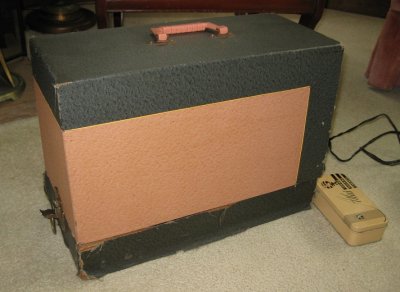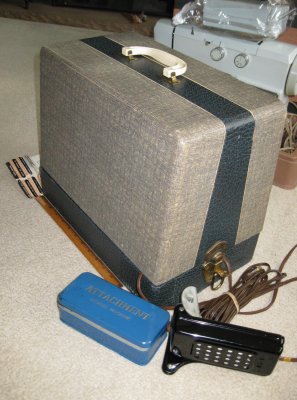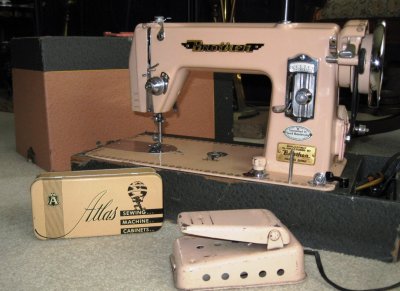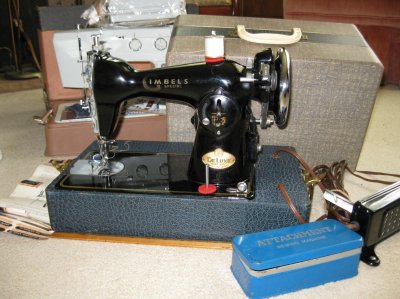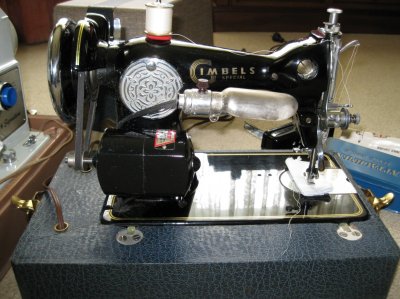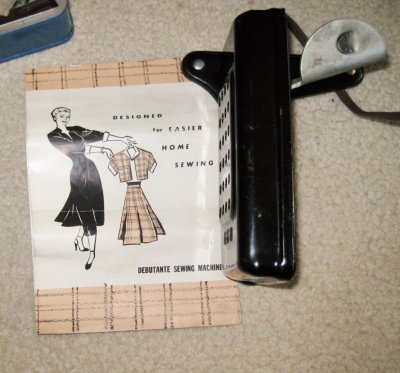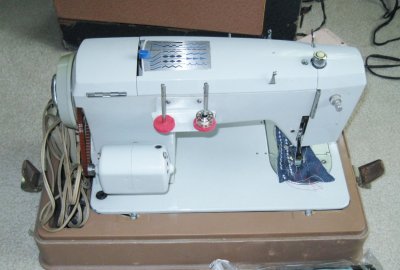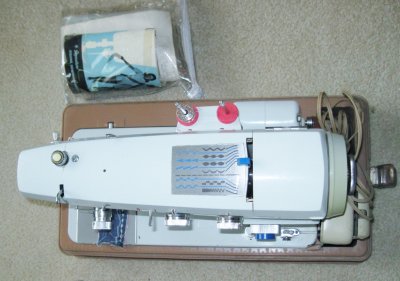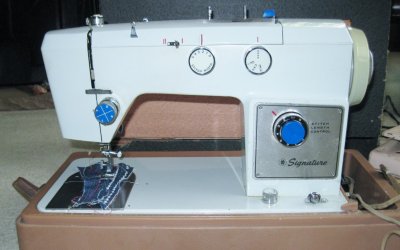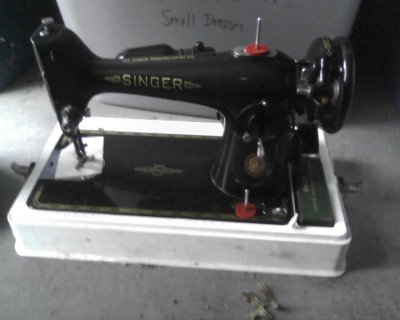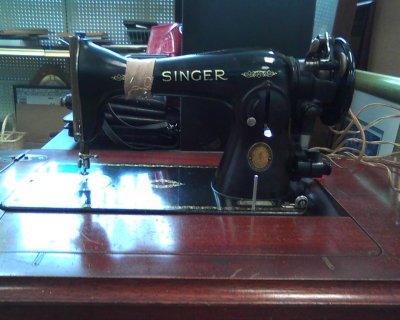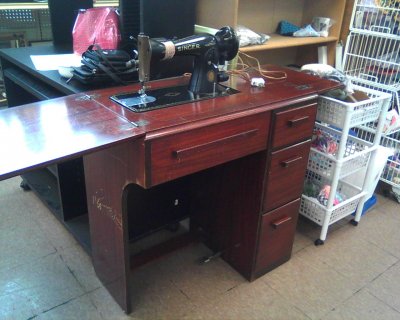Shangas
I'll Lock Up
- Messages
- 6,116
- Location
- Melbourne, Australia
At the back of the machine is the BALANCE WHEEL (also called the handwheel).
The silver "clutch-wheel" inside is what controls the needle-bar.
Loosening the clutch-wheel disengages the needle-mechanism. The handwheel will then spin freely, without driving the needle-bar. This is so that you can engage the BOBBIN WINDER mechanism against the handwheel, to wind up thread onto your bobbins.
IF this mechanism doesn't work (unlikely), or it's skipping and doesn't catch, then you'll have to remove the clutch-wheel (there's a screw there) and take it off and clean and lubricate inside, and then reassemble it. It's pretty easy to do. You don't need too much oil here. A couple of drops will suffice.
The silver "clutch-wheel" inside is what controls the needle-bar.
Loosening the clutch-wheel disengages the needle-mechanism. The handwheel will then spin freely, without driving the needle-bar. This is so that you can engage the BOBBIN WINDER mechanism against the handwheel, to wind up thread onto your bobbins.
IF this mechanism doesn't work (unlikely), or it's skipping and doesn't catch, then you'll have to remove the clutch-wheel (there's a screw there) and take it off and clean and lubricate inside, and then reassemble it. It's pretty easy to do. You don't need too much oil here. A couple of drops will suffice.
